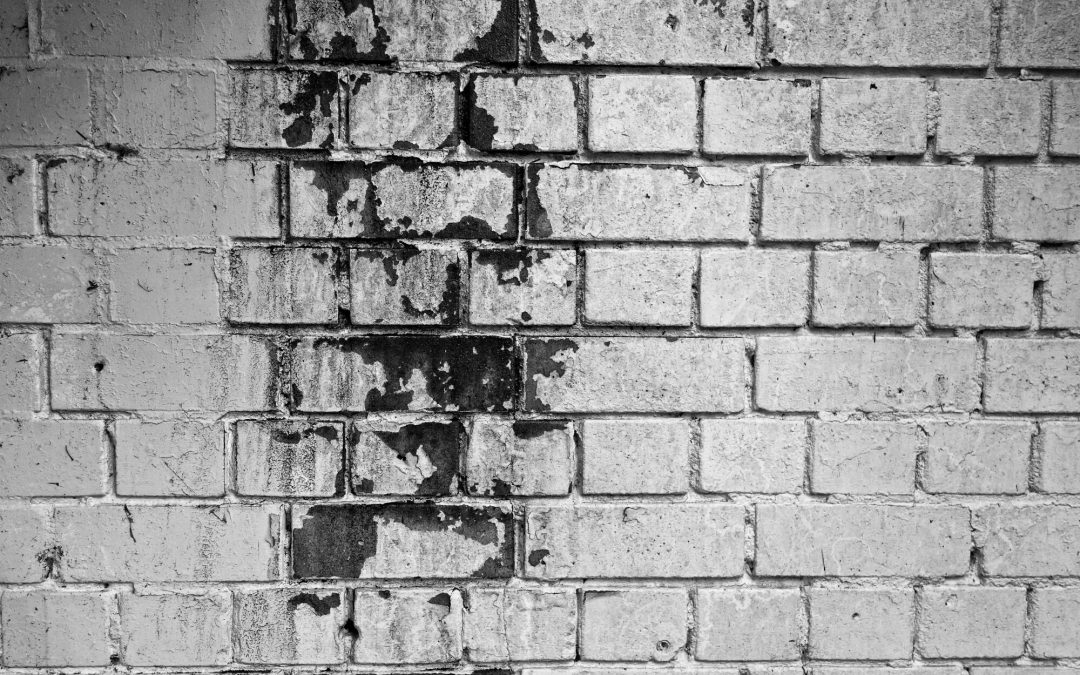You come home after a long weekend, toss your bag down, and catch a musty whiff near the bathroom. That little leak under the sink? It’s not so little anymore.
What most people don’t realize is how fast the real threat moves in. Black mold isn’t slow. It’s stealthy. And once it starts, it doesn’t wait for you to notice.
Knowing exactly how fast black mold can grow could save your walls, your health, and your wallet. We’re not just talking about unsightly spots; we’re talking respiratory issues, property damage, and costs that spiral.
How long does it take for black mold to grow? Read on to find out more.
What Triggers Mold Growth?
Black mold doesn’t need much to get going: just the right mix of moisture, material, and still air. Once those ingredients come together, it doesn’t take long for spores to settle in and start multiplying.
The number one trigger is excess moisture. That can come from a burst pipe, roof leak, flooding, or even something as ordinary as a steamy bathroom with poor ventilation. Mold doesn’t care if it’s clean water or gray water. If it’s wet and it stays that way, it’s fair game.
Mold looks for organic material to feed on. It thrives on things like:
- Drywall
- Wood
- Insulation
- Cardboard
- Dust buildup
These materials act as both a surface and a food source. In newer homes built with energy efficiency in mind, airtight construction can actually make things worse. Once moisture gets trapped, there’s little airflow to dry things out. That’s a perfect setup for mold to grow behind the scenes, often undetected until it spreads or smells.
Once indoor relative humidity climbs above a certain amount, it becomes a mold-friendly environment, especially in corners and basements where airflow is minimal.
Condensation on windows, cold walls, or pipes is another signal that conditions are right. Add in warm temperatures and darkness, and you’ve just rolled out the red carpet for black mold.
The Growth Timeline
Black mold doesn’t just appear overnight, but once it starts, it accelerates quickly. The process begins the moment mold spores, which are always floating around in the air, land on a moist surface.
That first contact kicks off the clock. Within 24 to 48 hours, those spores can germinate and begin causing problems for home wellness. At this stage, you won’t see anything yet, but the structure of the colony is already taking shape beneath the surface.
Between days three and twelve, mold becomes visible. It may start as small dark spots, sometimes greenish-black or gray, and often appears fuzzy, slimy, or velvety depending on the surface and the level of moisture.
The musty odor that people associate with mold often emerges around this time, acting as an early warning system when the mold itself is still hidden inside walls or under flooring.
Mold Health Risks
Black mold isn’t just a household nuisance; it’s a health threat hiding in plain sight. Once it begins to grow, it releases spores into the air that can be inhaled, triggering a range of symptoms that often get mistaken for seasonal allergies or a lingering cold. The most common issues include
- Coughing
- Sneezing
- Congestion
- Itchy eyes
- Skin irritation
For some people, the symptoms stop there. For others, especially those with asthma, weakened immune systems, or existing respiratory conditions, black mold can crank up those effects to a dangerous level.
In more severe cases, exposure can lead to chronic fatigue, headaches, brain fog, or even difficulty breathing. Children and the elderly are particularly vulnerable, along with anyone already dealing with lung issues.
It’s not just about volume of exposure; it’s about sensitivity. What one person barely notices might send another into a spiral of recurring illness that seems to have no clear source until the mold is discovered.
How To Prevent Mold
It’s important to try and prevent mold from growing whenever you can.
Keep humidity levels in check, ideally below 50%, using dehumidifiers or HVAC systems with smart climate settings. Mold can’t thrive without water, so cutting off that supply is your strongest defense.
Ventilation plays a huge role too. Bathrooms, kitchens, laundry rooms, and basements all need steady airflow to keep dampness from building up. Use exhaust fans during and after showers, open windows when possible, and don’t let steam linger.
Even something as simple as not pushing furniture all the way against the wall can help air circulate and prevent hidden condensation.
Fix leaks immediately. Don’t let a dripping faucet or sweating pipe become a breeding ground. Inspect attics and crawl spaces seasonally. Make sure your roof, gutters, and foundation are all diverting water away from the house, not trapping it inside. Mold is opportunistic; it finds the forgotten corners and sets up shop before you even know it’s there.
And then there’s the stuff you might not think about. Don’t leave wet clothes sitting around. Dry out rugs and towels completely. Store items in breathable containers, not sealed plastic bins that lock in moisture.
If you’ve had water damage in the past, keep an eye on those areas. Mold has a memory; it often comes back to the same places if the conditions repeat.
Getting Rid of Black Mold
When black mold covers a large area, returns after treatment, or appears in HVAC systems or behind walls, it’s time to call in a professional remediation team for your family home.
They use commercial-grade equipment like HEPA vacuums, air scrubbers, and infrared sensors to find hidden moisture and mold. Most importantly, they follow strict protocols to prevent spores from spreading during removal.
How Long Does It Take for Black Mold to Grow: Start Today
How long does it take for black mold to grow? It’s complicated. But if you think you might have it, it’s important to get on it ASAP.
At Elite Mold Services, we don’t guess – we detect, test, and verify with precision. With over 60 years of combined experience and the most advanced mold inspection tech in Central Florida, we catch what others miss.
Don’t let mold make the first move. Call to schedule your expert assessment today.

